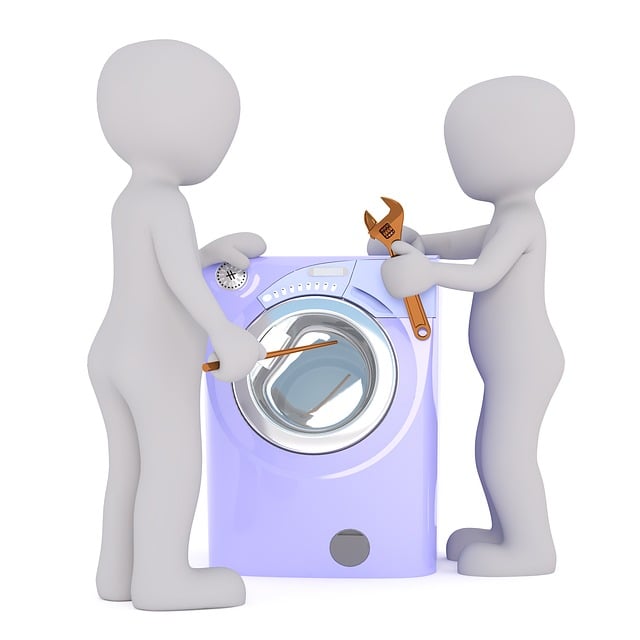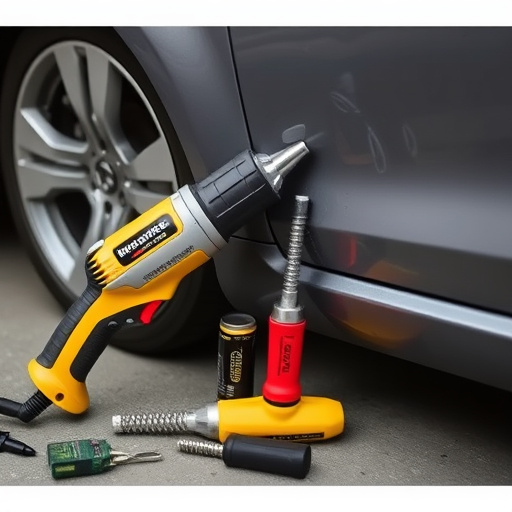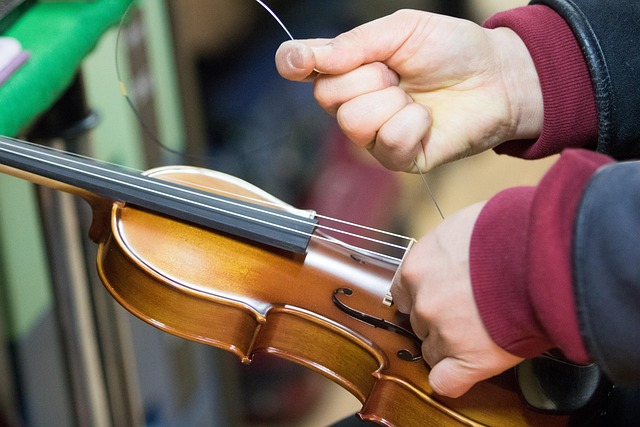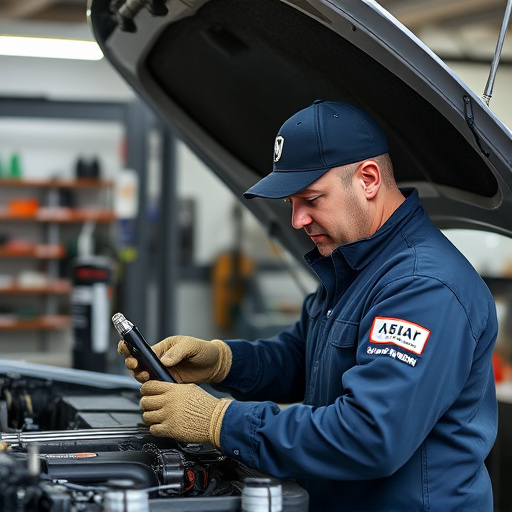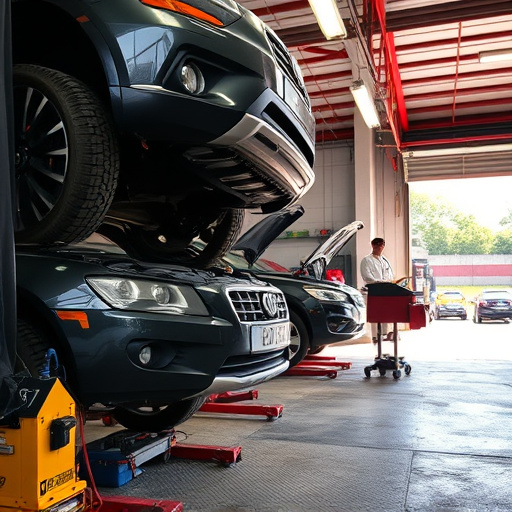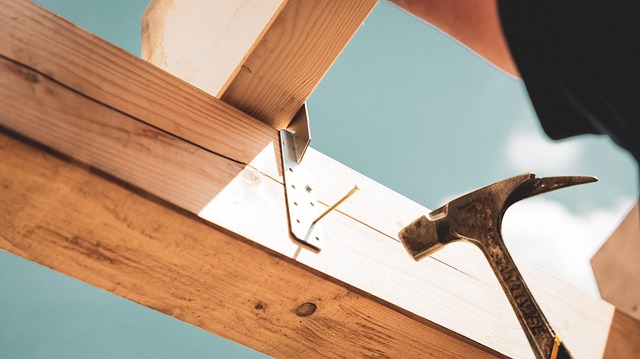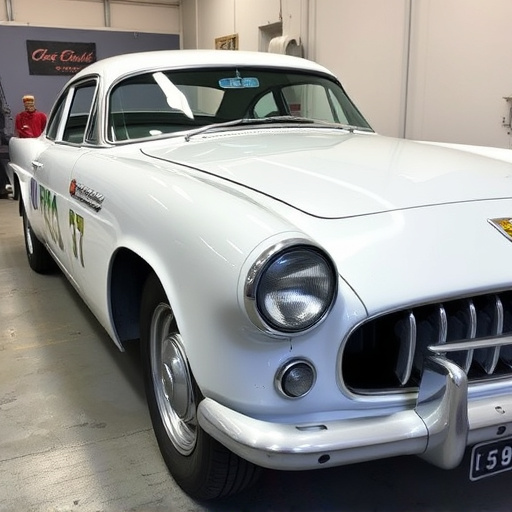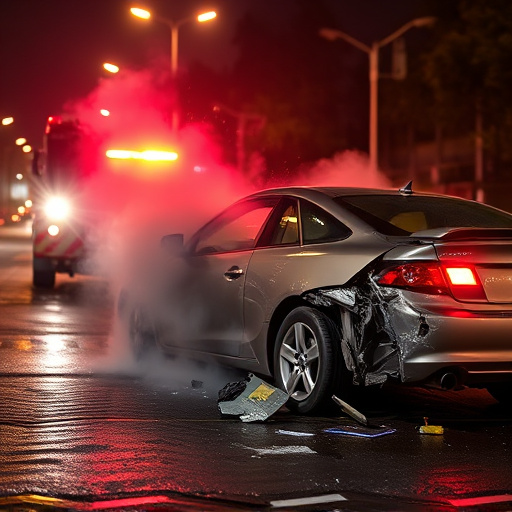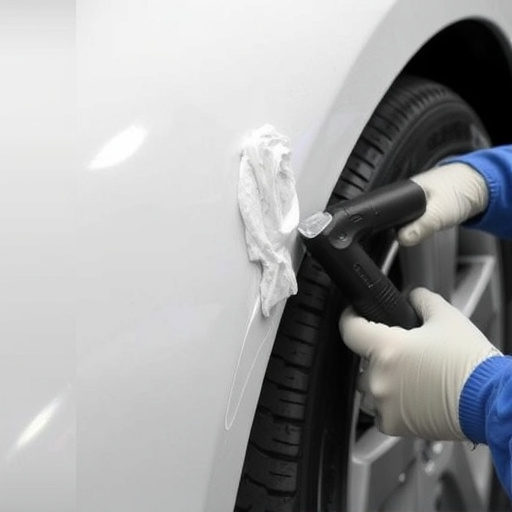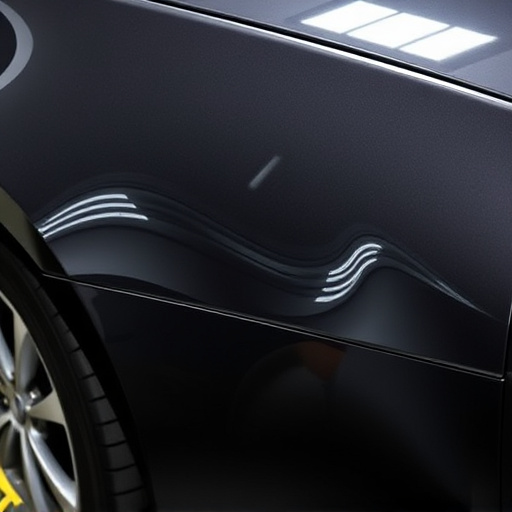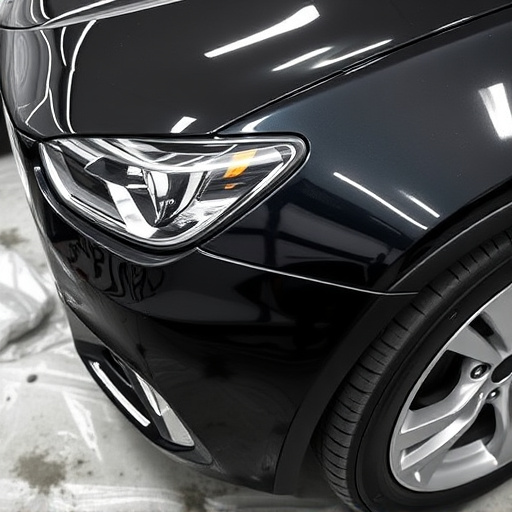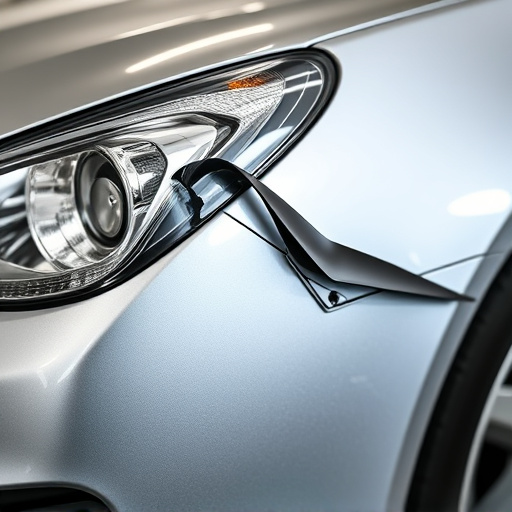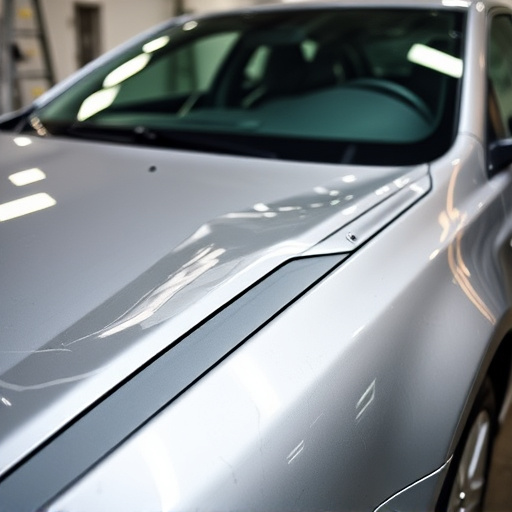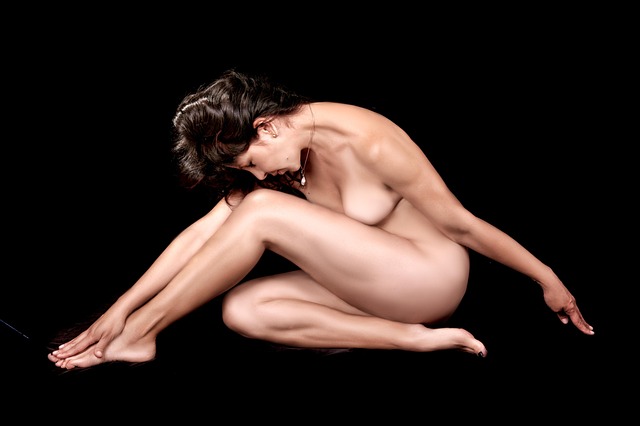Computerized paint matching revolutionizes auto painting by accurately analyzing and matching vehicle colors using advanced software algorithms. This technology streamlines repair processes, reduces human error, and enhances quality consistency compared to manual methods. For collision repair shops, focus on precision, speed, and efficiency through HSV metrics comparison, aiming to promptly restore vehicles to pre-accident condition. Implementing this tech as a seamless workflow integration with staff training, calibration, and maintenance leads to superior outcomes and elevated customer satisfaction.
In today’s automotive repair landscape, precise paint matching is crucial for high-quality vehicle restoration. This article delves into the world of computerized paint matching technologies, providing a comprehensive guide for repair facilities. We’ll explore the fundamentals of this advanced system, dissect key evaluation metrics for accuracy, and uncover best practices for successful implementation. By understanding these aspects, facilities can enhance their capabilities, ensuring meticulous repairs that match the original finish perfectly.
- Understanding Computerized Paint Matching Basics
- Evaluation Metrics for Paint Matching Accuracy
- Best Practices in Implementing Paint Matching Technologies
Understanding Computerized Paint Matching Basics
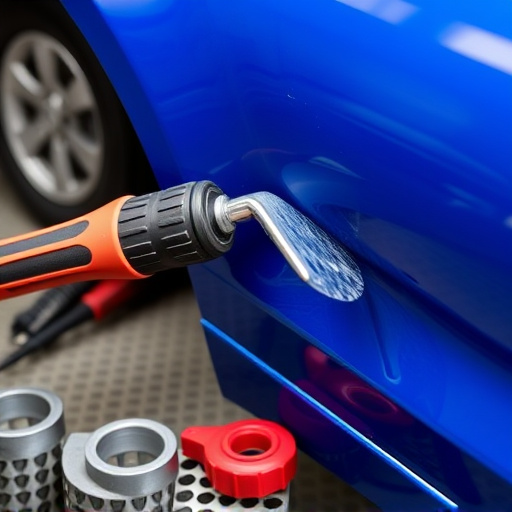
Computerized paint matching is a technology that has revolutionized the auto painting and repair industry. At its core, it involves using advanced software algorithms to analyze and match the exact color and shade of a vehicle’s paint. This process starts with taking a sample of the existing paint or a small scrap of the damaged area, which is then scanned into the system. The computerized system compares this data against a vast database of known paint colors and formulations, eventually identifying the closest match available.
This technology offers numerous advantages over traditional manual matching methods. It ensures precise color accuracy, minimizing the risk of visible discrepancies that can occur with human judgment. Moreover, it streamlines the repair process for services like auto glass replacement or tire services, as technicians no longer need to spend valuable time attempting to guess or mix colors. The efficiency and reliability of computerized paint matching contribute significantly to the overall quality and consistency of auto painting repairs across facilities.
Evaluation Metrics for Paint Matching Accuracy
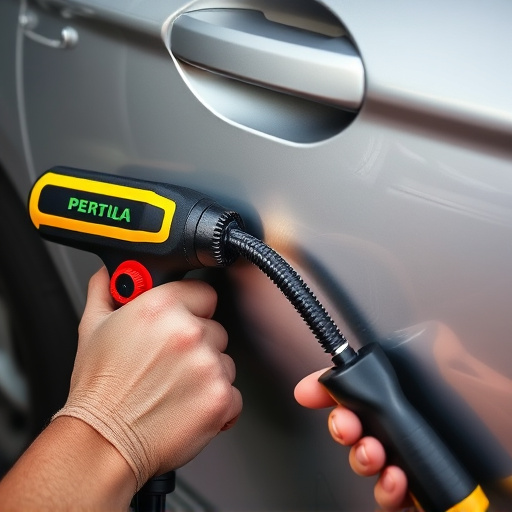
When evaluating paint matching technologies, several key metrics come into play to ensure accuracy and quality in collision repair shops or car paint repair facilities. One primary metric is computerized paint matching precision, which measures how closely the system’s prediction matches the actual color after the repair. This involves comparing the digital color formula with the physical outcome, considering factors like hue, saturation, and value (HSV) to ensure minimal deviation.
Additionally, speed and efficiency are crucial, especially in busy auto glass repair or collision repair shops. The technology should streamline the process, reducing the time required for manual matching while maintaining high accuracy standards. This ensures that customers’ vehicles receive prompt attention without sacrificing paint quality, a critical aspect of restoring a vehicle’s pre-accident condition in car paint repair services.
Best Practices in Implementing Paint Matching Technologies
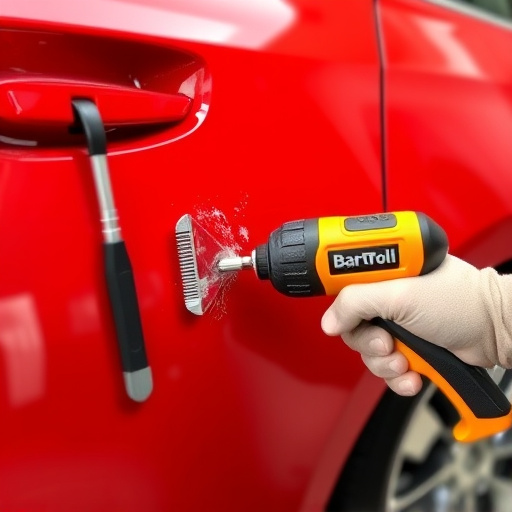
Implementing computerized paint matching technologies is a game-changer for repair facilities, offering precise and efficient solutions for car body restoration and vehicle restoration projects. To ensure optimal results, best practices involve integrating these systems seamlessly into existing workflows. This includes thorough training of staff to maximize the technology’s potential, as well as regular calibration and maintenance to maintain accuracy.
Choosing a reliable system that aligns with the facility’s needs is paramount. Features like advanced color matching algorithms, real-time data analysis, and compatibility with various paint types are essential. Additionally, ensuring accessibility for paintless dent repair procedures will further enhance productivity. By adopting these best practices, facilities can achieve superior outcomes in car body restoration, ultimately elevating customer satisfaction.
In comparing computerized paint matching technologies across repair facilities, it’s clear that these advanced systems significantly enhance accuracy and efficiency. By understanding the fundamentals of computerized paint matching basics, implementing best practices, and utilizing appropriate evaluation metrics, repair shops can achieve superior results. This not only improves customer satisfaction but also reduces costs associated with rework and material wastage. Embracing these technologies is a step towards revolutionizing the automotive repair industry, ensuring precision and consistency in every paint job.
